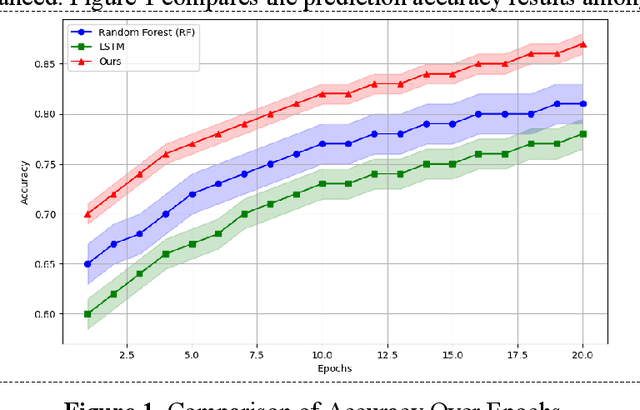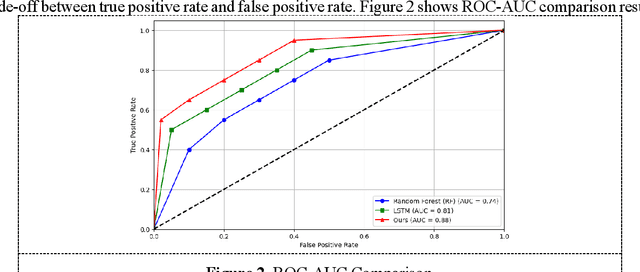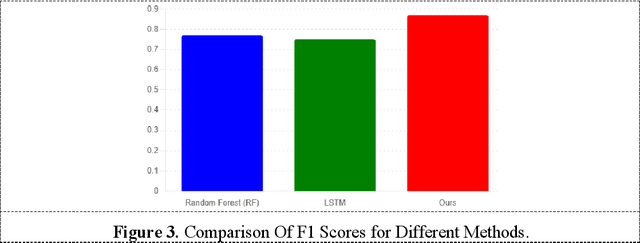Haoxing Liu
Research on Flight Accidents Prediction based Back Propagation Neural Network
Jun 20, 2024Abstract:With the rapid development of civil aviation and the significant improvement of people's living standards, taking an air plane has become a common and efficient way of travel. However, due to the flight characteris-tics of the aircraft and the sophistication of the fuselage structure, flight de-lays and flight accidents occur from time to time. In addition, the life risk factor brought by aircraft after an accident is also the highest among all means of transportation. In this work, a model based on back-propagation neural network was used to predict flight accidents. By collecting historical flight data, including a variety of factors such as meteorological conditions, aircraft technical condition, and pilot experience, we trained a backpropaga-tion neural network model to identify potential accident risks. In the model design, a multi-layer perceptron structure is used to optimize the network performance by adjusting the number of hidden layer nodes and the learning rate. Experimental analysis shows that the model can effectively predict flight accidents with high accuracy and reliability.
Research on Dangerous Flight Weather Prediction based on Machine Learning
Jun 18, 2024



Abstract:With the continuous expansion of the scale of air transport, the demand for aviation meteorological support also continues to grow. The impact of hazardous weather on flight safety is critical. How to effectively use meteorological data to improve the early warning capability of flight dangerous weather and ensure the safe flight of aircraft is the primary task of aviation meteorological services. In this work, support vector machine (SVM) models are used to predict hazardous flight weather, especially for meteorological conditions with high uncertainty such as storms and turbulence. SVM is a supervised learning method that distinguishes between different classes of data by finding optimal decision boundaries in a high-dimensional space. In order to meet the needs of this study, we chose the radial basis function (RBF) as the kernel function, which helps to deal with nonlinear problems and enables the model to better capture complex meteorological data structures. During the model training phase, we used historical meteorological observations from multiple weather stations, including temperature, humidity, wind speed, wind direction, and other meteorological indicators closely related to flight safety. From this data, the SVM model learns how to distinguish between normal and dangerous flight weather conditions.
 Add to Chrome
Add to Chrome Add to Firefox
Add to Firefox Add to Edge
Add to Edge